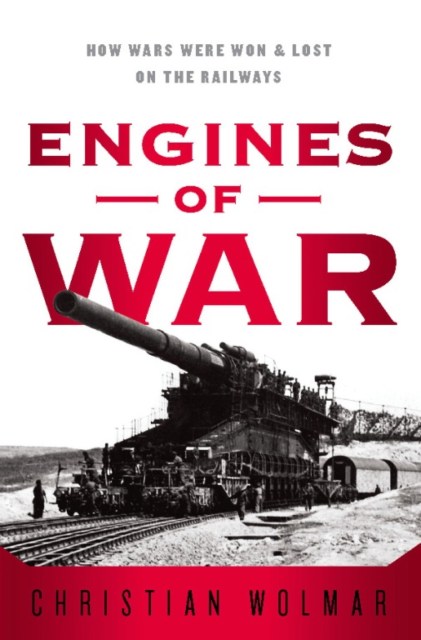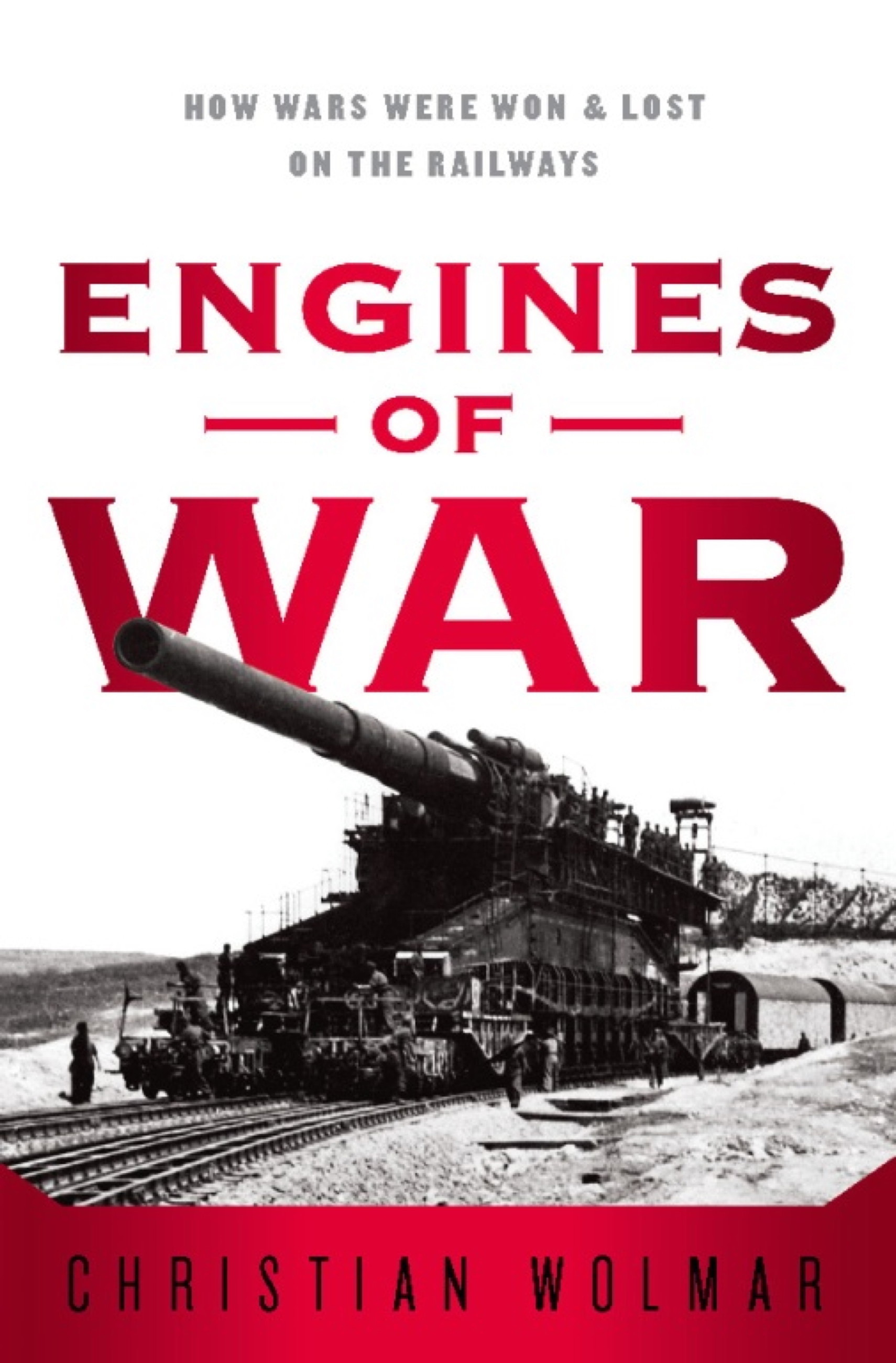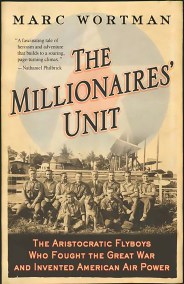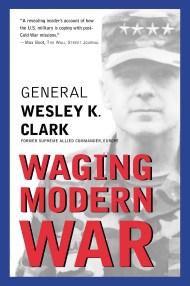Promotion
Use code MOM24 for 20% off site wide + free shipping over $45
Engines of War
How Wars Were Won & Lost on the Railways
Contributors
Formats and Prices
Price
$11.99Price
$15.99 CADFormat
Format:
- ebook $11.99 $15.99 CAD
- Trade Paperback $16.99 $19.99 CAD
This item is a preorder. Your payment method will be charged immediately, and the product is expected to ship on or around November 2, 2010. This date is subject to change due to shipping delays beyond our control.
Also available from:
In Engines of War, Christian Wolmar examines all the engagements in which the railway played a part: the Crimean War; the American Civil War; both world wars; the Korean War; and the Cold War, with its mysterious missile trains; and illustrates how the railway became a deadly weapon exploited by governments across the world.
Genre:
- On Sale
- Nov 2, 2010
- Page Count
- 352 pages
- Publisher
- PublicAffairs
- ISBN-13
- 9781586489724
Newsletter Signup
By clicking ‘Sign Up,’ I acknowledge that I have read and agree to Hachette Book Group’s Privacy Policy and Terms of Use







